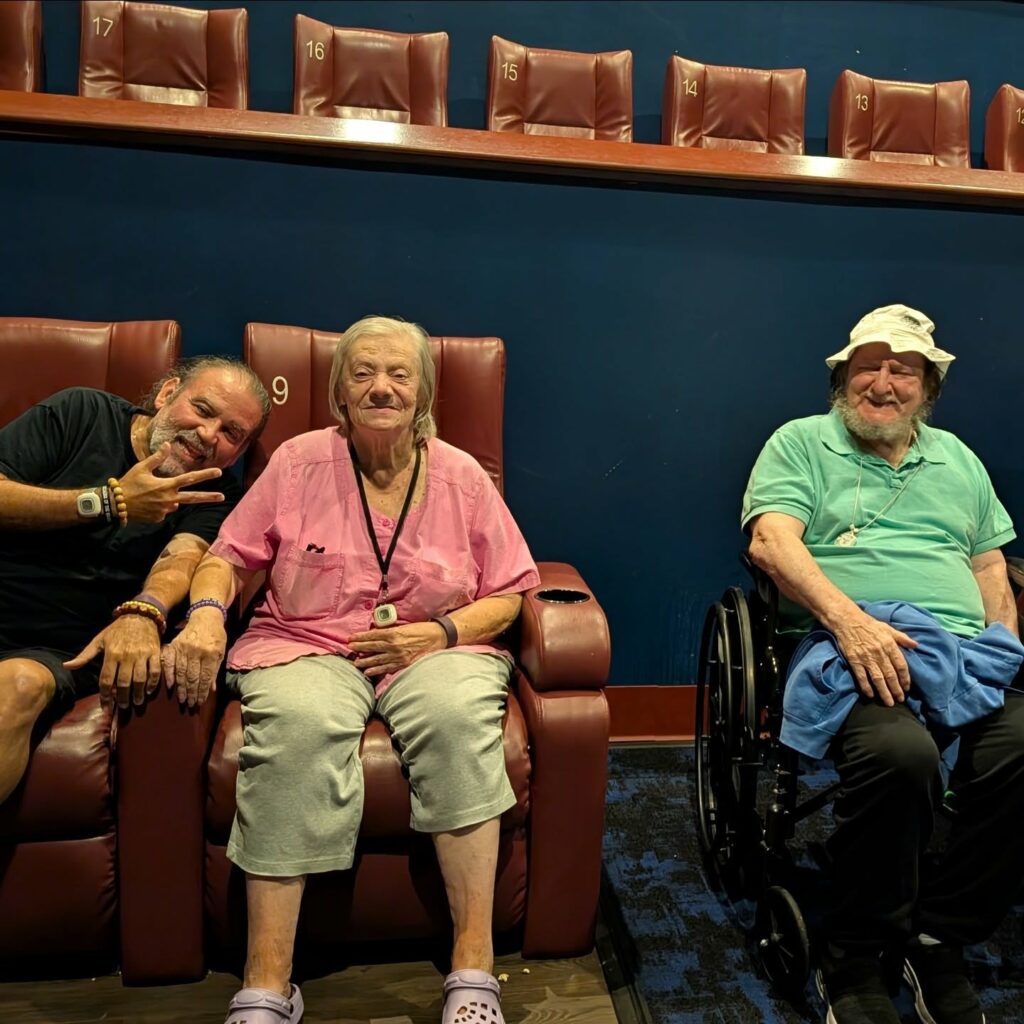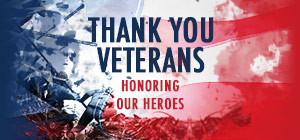Have you ever wondered why some people seem to make friends wherever they go? Or how certain conversations spark a connection that lingers long after? Living in an assisted living community can be the perfect setting to rediscover the magic of human relationships.
The secret lies in noticing small gestures and being open to new experiences. From sharing a morning coffee to joining an art class together, every moment is an opportunity. What matters most is taking the first step, showing genuine interest, and finding common ground.
Relationships are not just companionship. They are a source of joy, emotional well-being, and vitality at this stage of life. And the beauty is that every day offers fresh chances to connect. Have you thought about what yours might be today?
1. Start Conversations That Truly Matter in Your Senior Living Community
Conversations are more than small talk—they’re the spark that keeps daily life vibrant. In Assisted Living, each exchange is an opportunity to create friendships, share wisdom, and feel truly seen. Here are ways to turn ordinary chats into meaningful moments:
✨ Break the Ice with Curiosity
- Instead of the usual “How are you?”, try asking:
“What was the highlight of your morning?” or
“Which activity are you most excited about today?”
These small shifts invite richer answers and open doors to deeper dialogue.
🎲 Use Community Life as a Starting Point
Daily routines give you plenty of natural conversation hooks:
- At mealtimes: “This soup reminds me of summers at my grandmother’s—does it bring back memories for you?”
- During activities: “Have you ever tried painting before, or is this your first time?”
- In common areas: “Which corner here feels the coziest for you to read?”
📖 Share Stories, Not Just Facts
Conversations become memorable when they move from information to storytelling. Try:
- Talking about a favorite book, movie, or song and asking who else knows it.
- Sharing a childhood tradition and inviting others to compare theirs.
- Swapping life lessons—like the best piece of advice you’ve ever received.
💡 Keep the Flow Alive
If a conversation starts to fade, spark it back with light but meaningful questions:
- “If you could learn one new skill here, what would it be?”
- “What’s the funniest thing you’ve ever seen at a community event?”
- “Who here inspires you and why?”

2. Build Stronger Bonds Through Shared Daily Assisted Living Rituals
Think of your day not just as a schedule, but as a collection of little traditions that can bring you closer to the people around you. These “micro-rituals” are powerful because they transform ordinary moments into opportunities for connection. In Assisted Living, you already share spaces, meals, and activities. The magic comes when you notice them, embrace them, and let them grow into milestones that matter.
Why it works:
Rituals create familiarity. Familiarity builds comfort. And comfort opens the door to deeper bonds. That’s why your morning coffee with the same neighbor, or always sitting next to a friend in yoga class, can become anchors of belonging.
How you can start noticing and enjoying them:
- Ask yourself: What moment of my day feels best when it’s shared with someone? It might be a meal, a walk, or even the quiet before bedtime when you chat with a friend.
- Pay attention to repetition: do you often laugh with the same person at dinner, or find yourself exchanging “good morning” with someone in the hallway? Those patterns are the start of your micro-traditions.
- Once you notice them, lean into them. If you always meet a friend at breakfast, bring a small “ritual” of your own — maybe sharing a fun fact, a short blessing, or even just asking the same warm question each day like “What’s the first good thing you felt this morning?”
Ideas to enrich your rituals:
- Turn group activities into rituals by claiming a spot, a role, or a simple tradition: being the one who leads the first clap after Bingo, or who shares a quote at the start of book club.
- Use milestones as opportunities: celebrate when you and a friend realize it’s been a month of daily walks, or when you notice you’ve had dinner at the same table for a week straight. Call it out and let it become a small anniversary.
- Add a sensory element: a favorite song before an activity, a cup of tea at the same time each afternoon, or a short breathing moment with a friend before meals.
Key takeaway:
You don’t have to create new traditions from scratch. Most of them are already hidden in your daily routine. The joy is in noticing them, naming them, and letting them become part of the rhythm you share with others. That’s where bonds deepen, in the little moments that repeat and remind you that you belong.
3. Join Group Senior Living Activities to Spark Instant Connections
Loneliness can sometimes feel heavier than age itself. For many residents, joining a group activity is not just about filling time, it is about finding belonging. The challenge often lies in taking the first step. If you’re introverted, shy, or simply unsure where you fit in, structured community activities can be the safest gateway to genuine connection.
Why Group Activities Matter
- They reduce isolation by providing natural conversation starters.
- They foster routine, which makes it easier to bond through repetition.
- They remove the pressure of one-on-one interaction. You don’t have to “perform,” just participate.
- They act like training wheels for friendship—you gradually realize you’re part of something bigger.
Practical Tips to Get Started
- Start with familiar interests. If you enjoy music, join a sing-along or music session. If you like games, try Bingo or Trivia for lighthearted fun.
- Use the observer approach. Sit quietly at an Art Class or Devotional to feel the energy before fully engaging. Just being present is a first step.
- Ask simple, open questions. Try:
- “Have you done this activity before?”
- “What do you like most about it?”
- “How long have you lived here?”
- Set a small goal. Tell yourself: “Today I will greet two people.” Small efforts build meaningful connections over time.
- Rely on the activities team. They can introduce you to others with similar interests and help you feel included.
Overcoming Common Barriers
- Too shy? Choose activities that focus on doing, like crafts or exercise, where talking happens naturally.
- Worried no one will talk to you? Many residents feel the same way. Your simple hello might be the start of someone else’s day too.
- Not ready to commit? Drop-in events like Social Hour or Happy Hour let you try without pressure.
Example from Madison at Clermont
This month’s calendar offers activities for different moods and personalities:
- Bingo and Trivia Nights for laughter and friendly competition.
- Art Workshops and Crafts for quiet creativity that invites conversation.
- Happy Hour with Entertainment for relaxed socializing.
- Devotional Gatherings for meaningful connection through reflection and faith.
Even one activity can be the bridge from solitude to friendship.
Reflection Exercise
At the end of the week, write down:
- One activity you joined.
- One person you greeted.
- One small joy you felt.
Loneliness can sometimes feel heavier than age itself. For many residents, joining a group activity is not just about filling time, it is about finding belonging. The challenge often lies in taking the first step. If you’re introverted, shy, or simply unsure where you fit in, structured community activities can be the safest gateway to genuine connection.
Why Group Activities Matter
- They reduce isolation by providing natural conversation starters.
- They foster routine, which makes it easier to bond through repetition.
- They remove the pressure of one-on-one interaction. You don’t have to “perform,” just participate.
- They act like training wheels for friendship—you gradually realize you’re part of something bigger.
Practical Tips to Get Started
- Start with familiar interests. If you enjoy music, join a sing-along or music session. If you like games, try Bingo or Trivia for lighthearted fun.
- Use the observer approach. Sit quietly at an Art Class or Devotional to feel the energy before fully engaging. Just being present is a first step.
- Ask simple, open questions. Try:
- “Have you done this activity before?”
- “What do you like most about it?”
- “How long have you lived here?”
- Set a small goal. Tell yourself: “Today I will greet two people.” Small efforts build meaningful connections over time.
- Rely on the activities team. They can introduce you to others with similar interests and help you feel included.
Overcoming Common Barriers
- Too shy? Choose activities that focus on doing, like crafts or exercise, where talking happens naturally.
- Worried no one will talk to you? Many residents feel the same way. Your simple hello might be the start of someone else’s day too.
- Not ready to commit? Drop-in events like Social Hour or Happy Hour let you try without pressure.
Example from Madison at Clermont
This month’s calendar offers activities for different moods and personalities:
- Bingo and Trivia Nights for laughter and friendly competition.
- Art Workshops and Crafts for quiet creativity that invites conversation.
- Happy Hour with Entertainment for relaxed socializing.
- Devotional Gatherings for meaningful connection through reflection and faith.
Even one activity can be the bridge from solitude to friendship.
Reflection Exercise
At the end of the week, write down:
- One activity you joined.
- One person you greeted.
- One small joy you felt.
These notes help you see that connection grows from small steps repeated over time.

4. Practice Active Listening to Deepen Relationships in Assisted Living
Active listening is the hidden key to building meaningful friendships inside the community. It’s not just about hearing words—it’s about noticing tone, gestures, and emotions. For residents, this practice can turn casual chats into lasting connections.
Practical ways to apply active listening in daily life:
- Give undivided presence – Put aside distractions like the TV or your meal tray for a moment. Your focus tells the other person, “You matter right now.”
- Tune in to body language – Notice a smile, a sigh, or folded arms. These often reveal feelings that words don’t.
- Respond to emotions, not only words – If a neighbor says “I’m fine” but looks down, try gently: “It seems like something’s on your mind.”
- Match the rhythm – Some residents speak slowly or repeat themselves. Don’t rush the conversation; let their pace set the tone.
- Ask reflective questions – Instead of changing the subject, try: “That sounds important to you—can you tell me more?”
- Use small silences wisely – Pausing after someone speaks invites them to add what they truly wanted to say.
- Show curiosity without pressure – Try neutral prompts like “How did you feel about that?” or “What was your favorite part?”
- Balance talking and listening – If you notice you’ve shared for a while, invite the other person: “What about you?”
- Remember details for later – If a resident mentions their grandson plays guitar, ask next time: “How’s your grandson’s music going?” This shows care.
- Practice empathy, not problem-solving – Sometimes a peer just needs you to listen, not to fix.
Why it matters:
- Creates stronger, more respectful bonds with neighbors.
- Encourages others to feel safe opening up.
- Helps residents notice shared experiences that might otherwise be overlooked.
Brings calmness, patience, and emotional intelligence into everyday life.
5. Cultivate Gratitude as the Foundation of Lasting Friendships in Senior Living
Gratitude is more than saying “thank you.” It is an attitude that transforms how you relate to others and how they respond to you. Inside assisted living, gratitude can be the invisible thread that holds relationships together, even during challenging days.
How to practice gratitude daily in your community:
- Acknowledge the small gestures – Thank a neighbor who saved you a seat in the dining room or a staff member who remembered your favorite snack. Small moments add up.
- Keep a gratitude journal – Write down three things you appreciated today: a smile, a funny story, a good meal. Over time, this practice rewires your brain to notice more positives.
- Express it out loud – Don’t wait for big occasions. A simple, “I really enjoy our talks” can make someone’s day.
- Give without expecting return – Offer a compliment, share your magazine, or invite someone to join an activity. Gratitude is contagious.
- Reflect in the evenings – Before bed, ask yourself: Who made today lighter or brighter for me? Reach out to them the next morning.
Why gratitude strengthens friendships:
- It creates a positive cycle where kindness multiplies.
- It deepens bonds by showing people they are valued.
- It reduces feelings of loneliness and increases joy in community living.
Gratitude is not just a personal practice—it becomes a shared energy. When you express it, you inspire others to do the same, creating a community where connection feels natural and friendships last.
Final Thought
At Madison at Clermont, we believe gratitude is at the heart of meaningful living. Every shared meal, every laugh during an activity, every moment of kindness exchanged between neighbors builds something greater than community—it builds family.
If you’re not yet a resident and want to experience this sense of belonging firsthand, we invite you to schedule your tour today. Discover how gratitude, joy, and connection come to life at Madison at Clermont.









